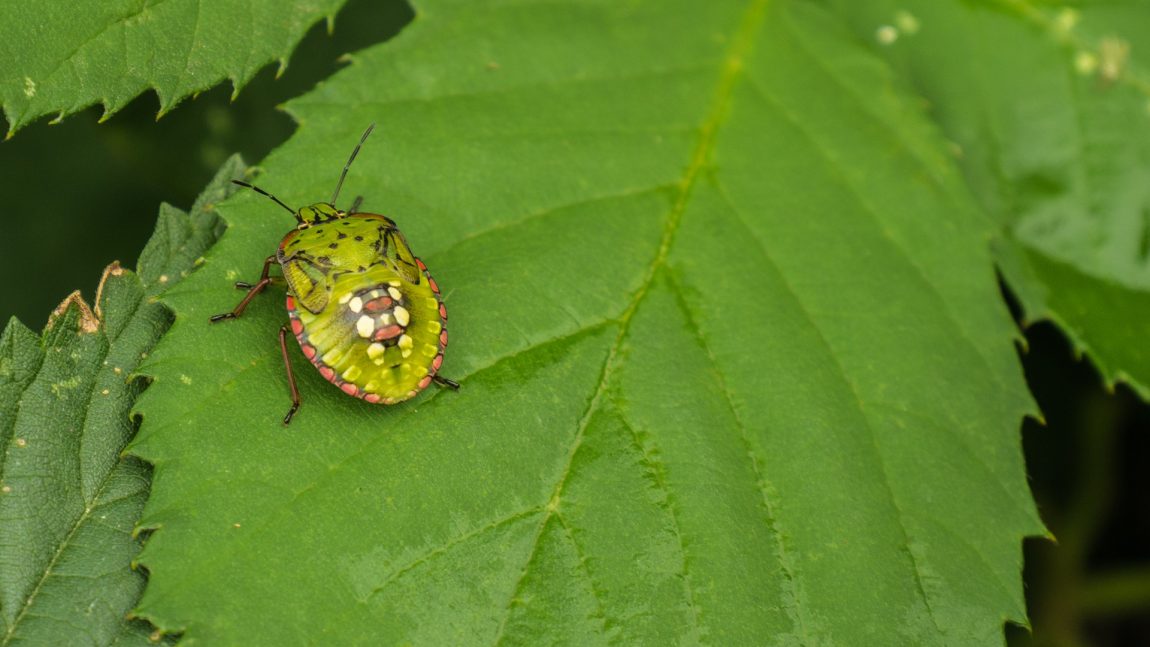Emerging Urban Forests: Opportunities for Promoting the Wild Side of the Urban Green Infrastructure
Integrating urban forests into cities and urban development provides many environmental and social benefits. Researchers in Berlin looked at how urban forest development and succession can aid in promoting biodiversity by analyzing species richness of plants and invertebrates. One concern the researchers had was the dominance of non-native species in these urban forests preventing native species from colonizing. In investigating both native and non-native species, researchers found that urban forests can provide significant habitat for native, non-native and endangered species. In confirming the important role these urban forests can have on biodiversity, they made six recommendations for better integration of urban forests into cities to improve biodiversity and human enjoyment:
- Work to preserve native and endangered species within local urban forests
- Create ecological corridors to allow for plants and animals to travel between urban greenspaces
- Encourage future studies on urban forest biodiversity resilience to urban pressures to help understand future selection of ideal native species for urban forests
- Encourage connections between residents and their local urban forests to develop positive opinions for protecting biodiversity
- Enhance wilderness opportunities by incorporating urban forests more frequently into urban development
- Educate people on the wide variety of ecosystem services their local urban forests play

